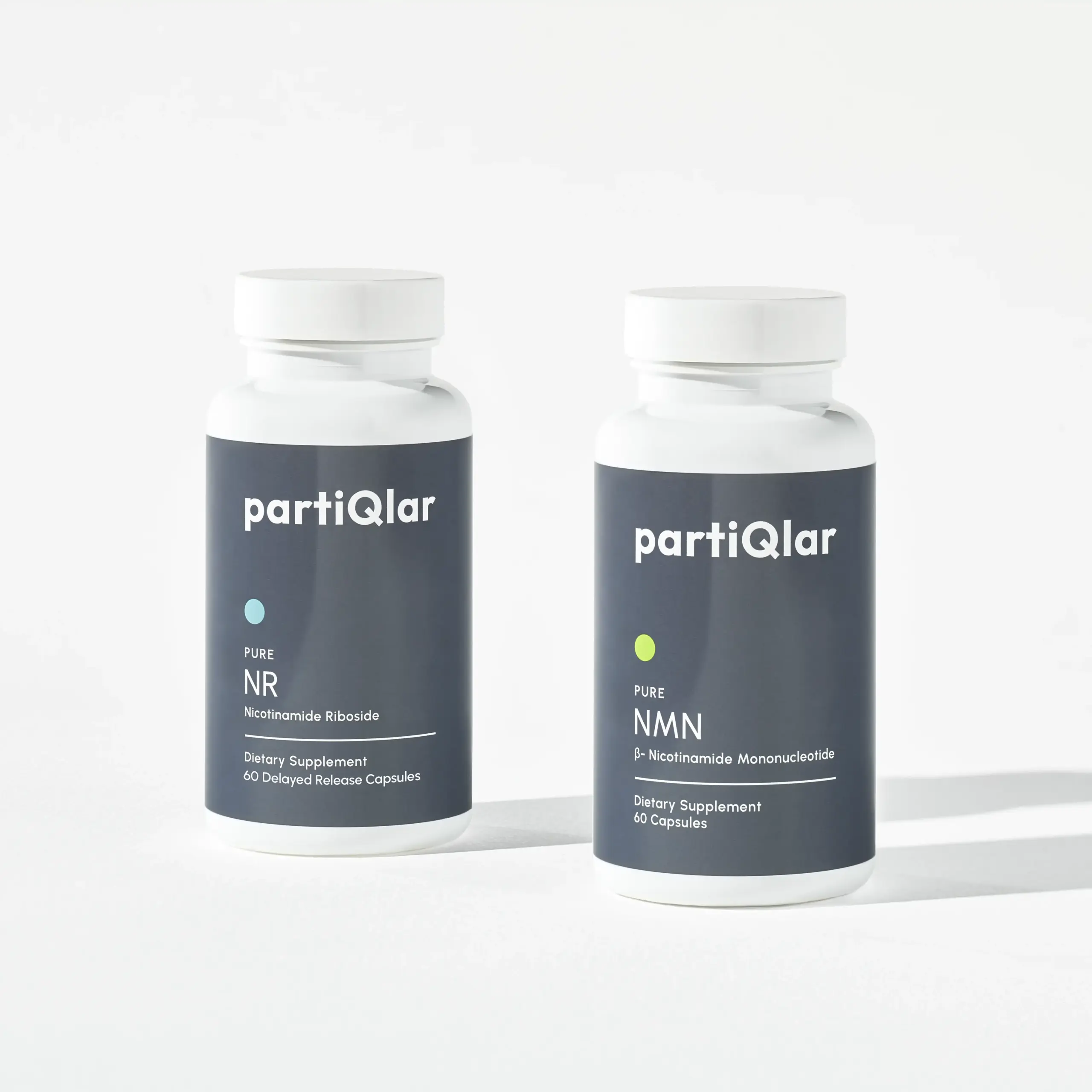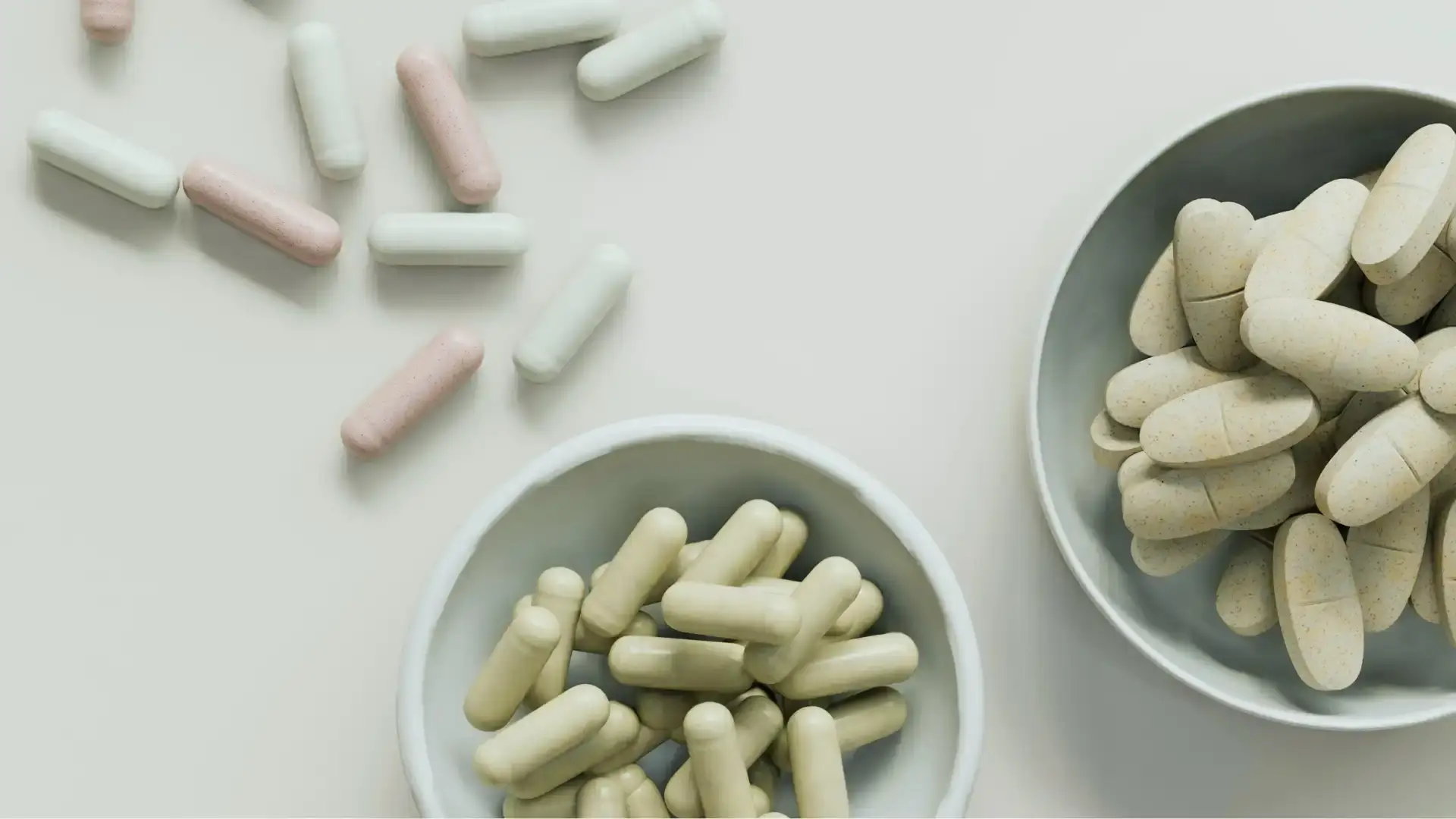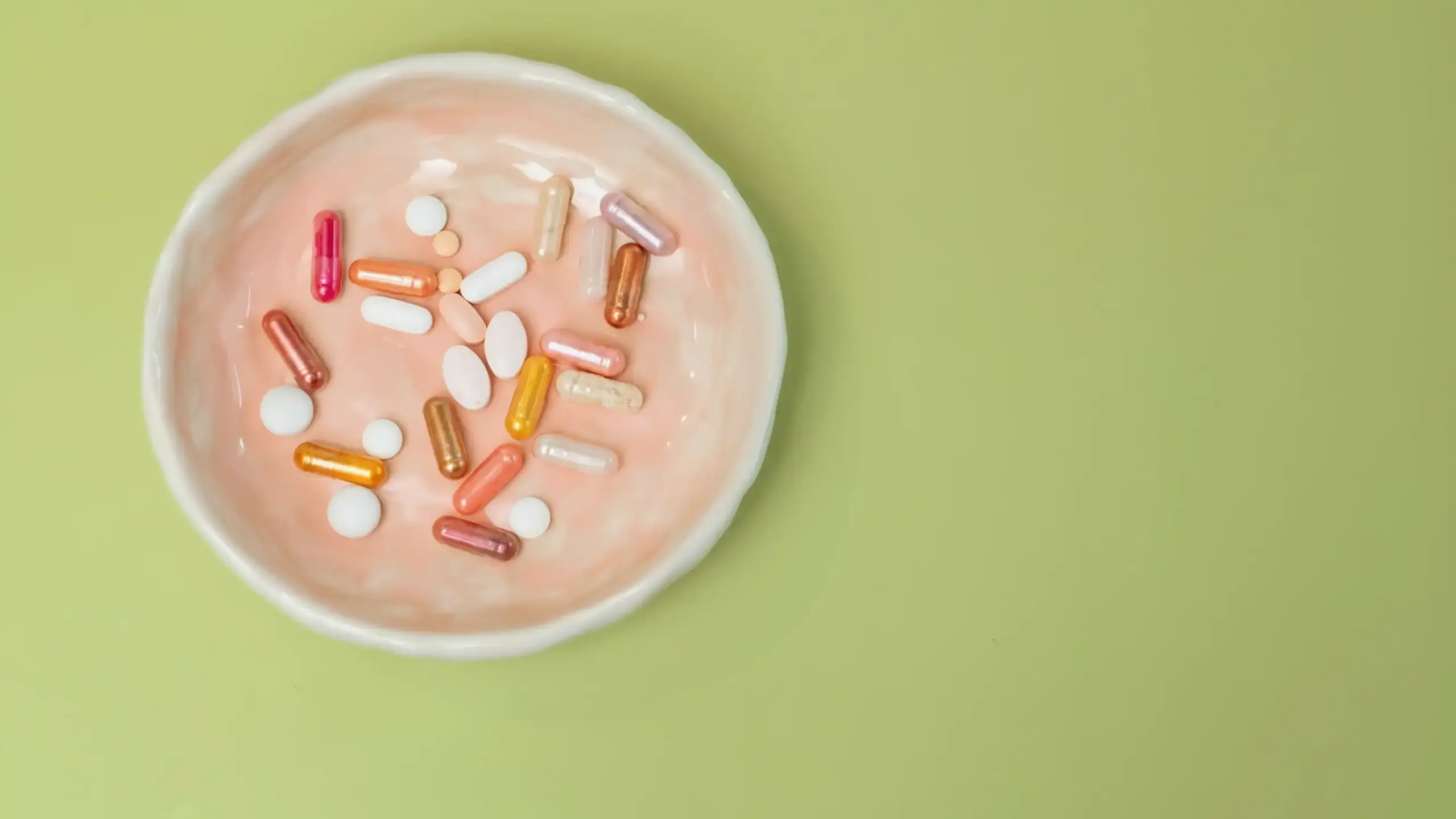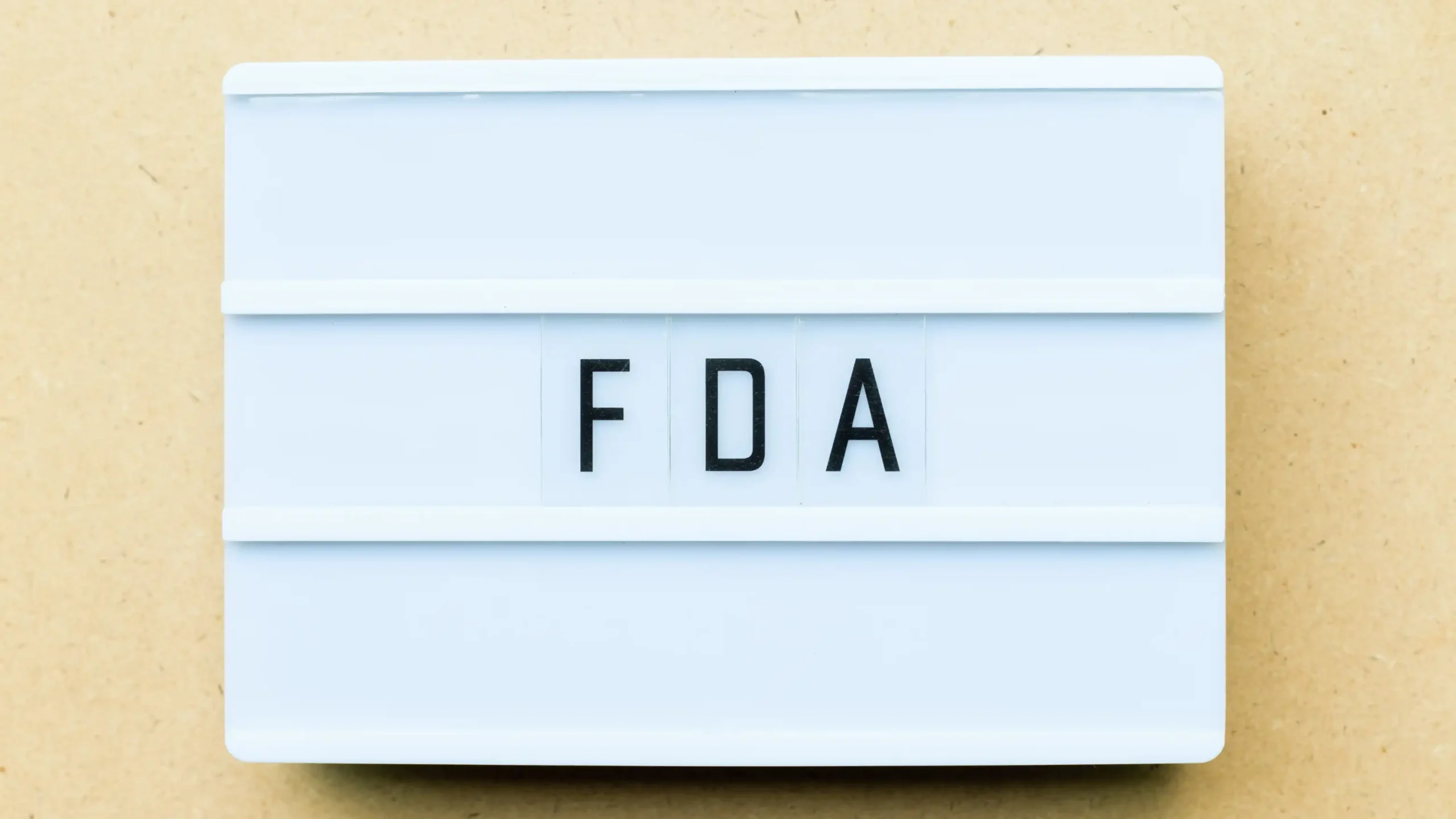NMN supplements typically show noticeable effects, such as increased energy and focus, within a few days to weeks, while long-term benefits like improved metabolism and anti-aging effects may take months.
What is NAD? Benefits, Functions, and Its Role in Longevity
- Science
- January 14, 2025
- Jan Vincent Beltran, PhD
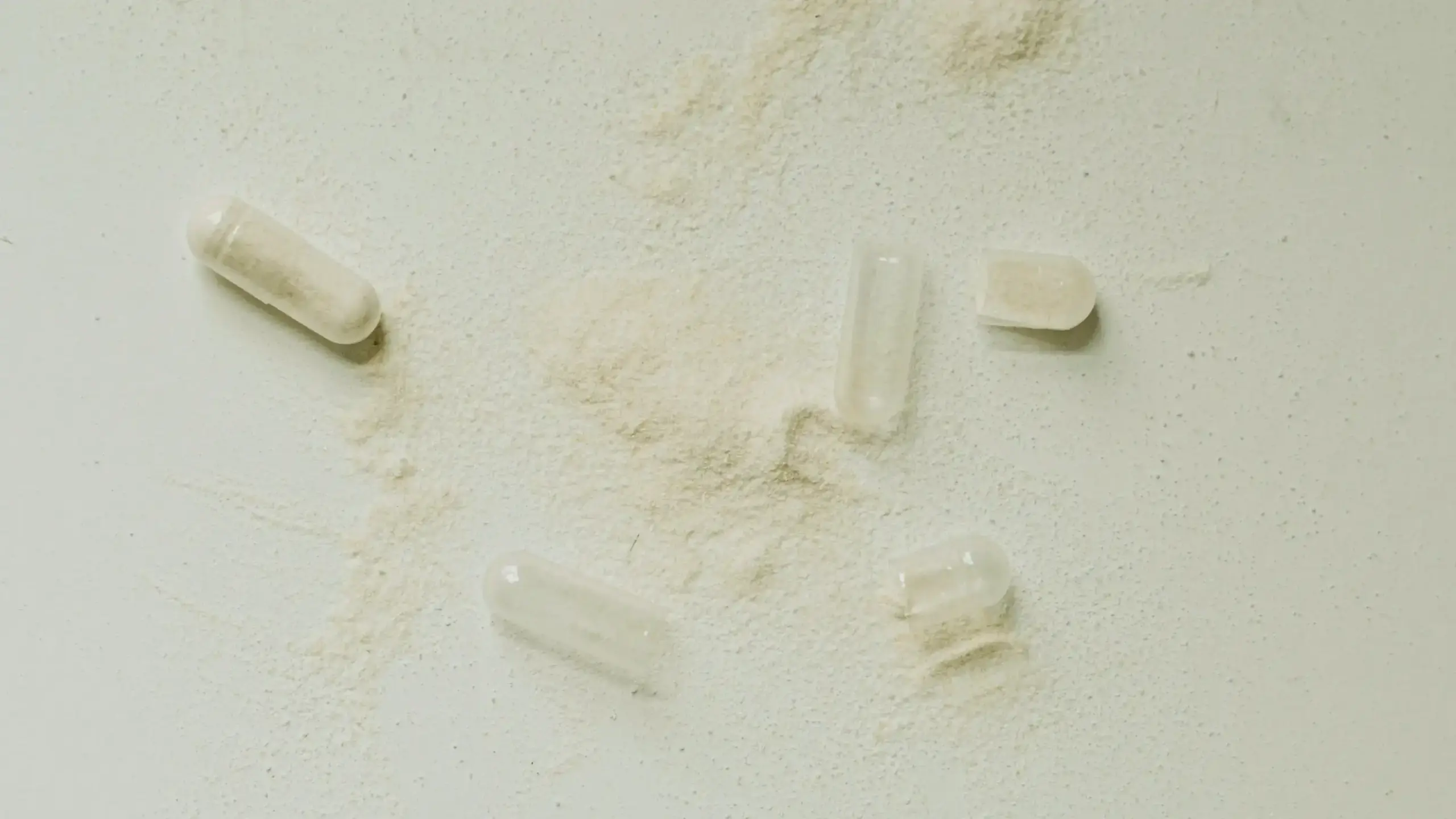
Related Product
If you’ve ever found yourself wondering about the science and responsible elements behind energy levels, healthy aging, and overall wellness, you may have stumbled across something called NAD.
But what is NAD exactly, and why is it such a big deal for your body? In this article, you will discover what it is, how it works, and what benefits NAD offers to your body.

Understanding NAD
NAD is the abbreviation of a molecule called nicotinamide adenine dinucleotide. It’s a coenzyme found in every living cell of your body.
Nicotinamide adenine dinucleotide is responsible for powering many critical functions. Without NAD, our cells wouldn’t be able to produce energy, repair DNA, or maintain cellular homeostasis.
In our bodies, NAD can be produced through de novo synthesis using basic precursors like tryptophan or aspartic acid. Or, it could be derived from your diet if it includes amino acids such as niacin.
How Does NAD Work?
NAD is an essential and critical element of metabolic processes. To simplify, these are the chemical reactions that allow your body to convert food into energy. It exists in two forms:
- NAD+. This is the “active” form that supports energy production, DNA repair, and immune cell function, among other things.
- NADH. It’s the “used” form that carries electrons during enzymatic reactions to fuel metabolic reactions.
It’s a continuous back-and-forth cycle between these two forms of NAD that ensures the efficacy of your body’s energy metabolism and overall well-being.
How NAD Levels Affect Aging?
As we age, NAD levels naturally decline. This drop can make it harder for cells to function efficiently, contributing to age-related diseases such as diabetes, heart problems, and even neurodegeneration. Low NAD levels are also linked to:
- Fatigue and low energy.
- Trouble concentrating.
- Slower recovery time from stress or exercise.
The decrease in NAD affects not only energy but also critical processes like DNA repair and fighting stress.
Also, some symptoms of NAD+ deficiency include dermatitis, diarrhea, dementia, and even possibly death. If you’d like to learn more about the diseases caused by a severe lack of NAD, look up Pellagra.
Benefits of NAD for Health and Longevity
1. Better Energy Production
NAD is a cornerstone of energy metabolism. It helps your body produce ATP which is a critical element that your cells need to function properly.
2. Enhanced DNA Repair
There are some proteins in your body called sirtuins that are inseparable from DNA repair. NAD’s presence is required to activate them so they can maintain the genetic stability in your cells.
If you’d like to prevent unwanted DNA mutations and slow down the effects of aging, you should keep your NAD levels up so they can work hand-in-hand with the sirtuins that keep your DNA in check.
3. Fighting Oxidative Stress
NAD helps neutralize free radicals. In turn, it reduces oxidative stress. This process protects your cells from premature damage and supports long-term health.
4. Anti-Inflammatory Effects
To top it all off, NAD has also been shown to regulate inflammation, particularly in chronic conditions tied to aging and metabolic disorders like insulin resistance.
Boosting NAD Levels Naturally
You can boost your NAD levels naturally through simple daily habits. Here are some guidelines on what you can do.
1. Choose NAD-Boosting Foods
Your body turns nicotinic acid into NAD. These NAD precursors help make more of this vital molecule. Foods rich in nicotinic acid include:
- Turkey breast and chicken meat.
- Fresh tuna and wild salmon.
- Brown rice and other whole grains.
- Fresh peanuts and other nuts.
You can also find nicotinamide riboside, another NAD precursor, in dairy products and health supplements.
2. Exercise Regularly
When you exercise, your body makes more NAD+ by triggering processes that keep your cellular homeostasis in check.
3. Make Sleep a Priority
During deep sleep, your body runs key metabolic processes and makes more NAD to repair itself.
NAD Supplements: Are They Worth It?
If diet and lifestyle changes are cutting it for you, you may want to consider supplementation. There are many options with NAD precursors that include nicotinamide riboside (NR), nicotinamide mononucleotide (NMN), and aspartic acid. All of these help your body make more NAD naturally.
If you’ve decided that you would benefit from NAD supplements, make sure to check out our store. We take pride in testing out products rigorously for both purity and potency and ensure that the supplements you get are manufactured in FDA, NSF registered facilities and adhere to strict GMP standards.
We only use pure, single ingredients and don’t add any unnecessary ingredients to ensure effective dosage and optimal potency. Each and every supplement is verified and matches what it says on the label.
Our products are free from:
- Coatings and shellacs.
- Unnecessary binders, fillers, or preservatives.
- Trans fat and hydrogenated oils.
- Genetically modified organisms (GMO).
- Artificial colors and sweeteners.
- Magnesium Stearate.
Visit partiQlar’s supplement store and select the NAD precursor that fits your needs the most.
What’s the Best Form of NAD to Take?
Research shows that nicotinamide riboside (NR) works well to boost NAD levels in your body. It’s a slightly smaller NAD precursor than its close alternative NMN, which makes it easier for your body to absorb NR and reap the benefits.
However, keep in mind that not all supplements are equally effective. Look for high-quality, third-party tested products to ensure quality and safety.
Potential Side Effects of NAD Supplements
While NAD supplements are generally regarded as safe to consume, some people may experience some mild side effects. These may include:
- Nausea.
- Digestive problems.
- Headaches.
If you’re pregnant, breastfeeding, or taking any medications that could interact with NAD-dependent processes, you should consult your doctor about any new supplementation regime.
Conclusion
As you know now, NAD is a critical molecule in terms of your body’s health. It keeps your energy levels up, handles DNA repair, and fights age-related diseases.
You can maintain healthy NAD levels by controlling your diet, exercising regularly, or taking NAD precursor supplements. Keep your cells strong and stay healthy as you age.
Frequently Asked Questions
Does NAD therapy really work?
Yes, NAD therapy has shown during clinical studies that it can improve energy, reduce inflammation, and slow down the aging process. It’s especially true when combined with a healthy lifestyle.
Can you take NAD every day?
Yes, daily NAD supplementation is generally safe for most people, but you should always consult your doctor if you’re taking other medication, are pregnant, or have any chronic illnesses.
Can NAD cause anxiety?
If you’re taking the supplement in recommended doses, then there’s no strong evidence linking NAD to anxiety. However, if you’re overusing the supplements, then risks may occur.
Can NAD and magnesium be taken together?
Yes, magnesium complements NAD by supporting energy production and metabolic processes, making them a great pair.
Explore Products
Related Articles
Resveratrol, a powerful phytochemical found in foods like red grapes and dark chocolate, supports heart health and longevity, with its benefits amplified when combined with NMN to boost NAD+ levels in the heart and muscles.
This blog post discusses the FDA's recent decision to no longer classify NMN as a dietary supplement, examining the implications for its availability and safety in the market.
